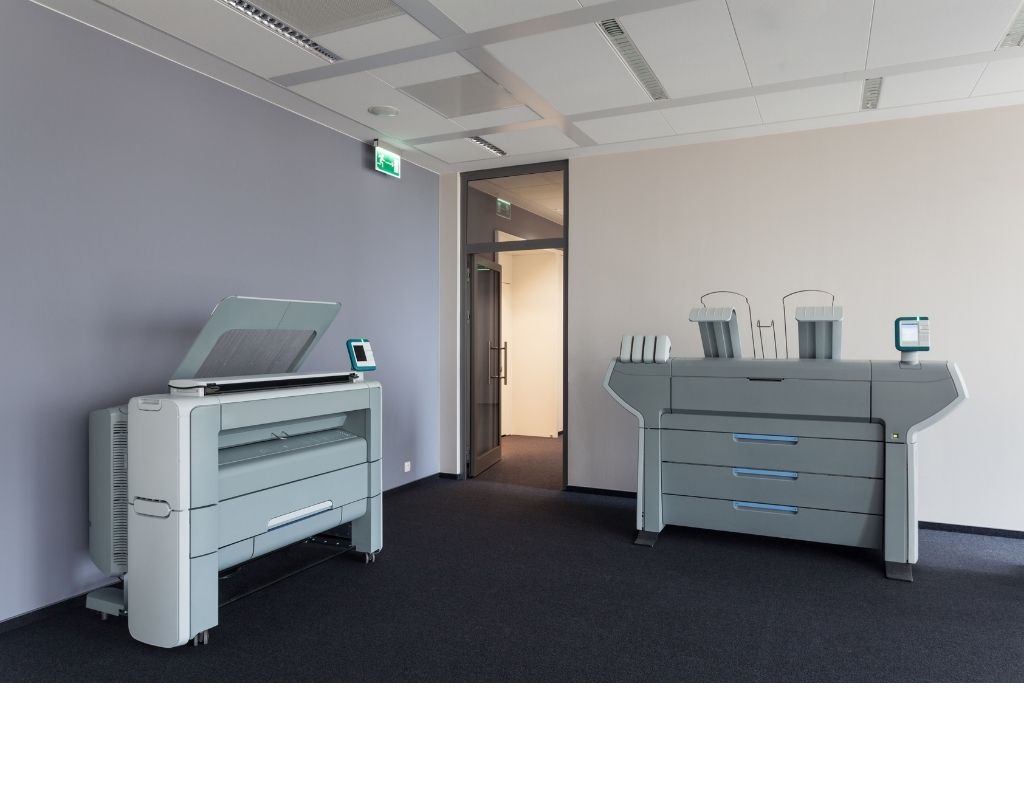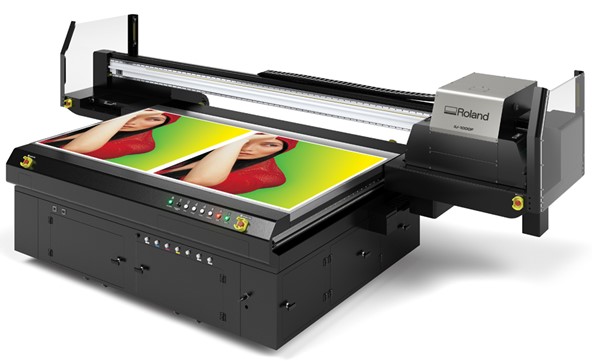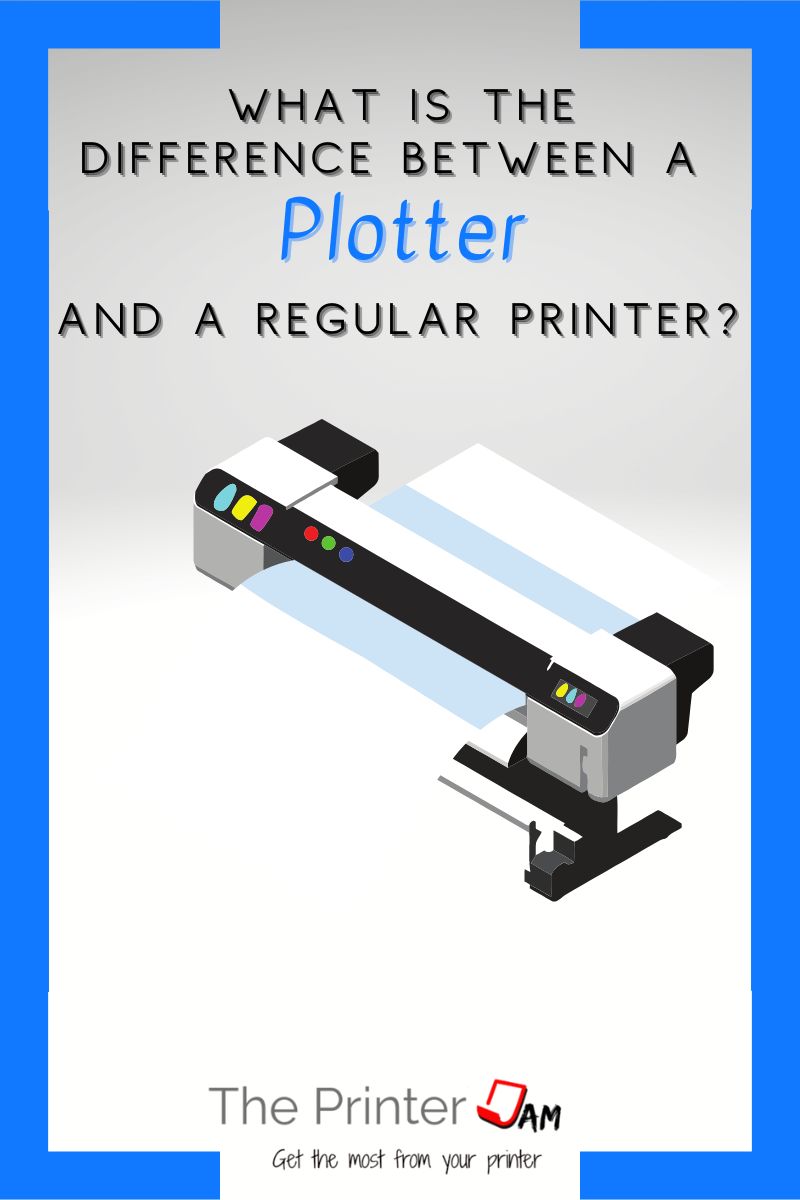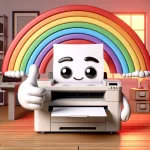
The first time I heard the term plotter I wondered how it’s any different than a traditional printer. After all, they’re both printers. How different can they be? While there is considerable overlap there are some key differences.
Overlap occurs with printing processes. A printer uses inkjet, laser, or thermal processes. Inkjet and laser processes are also used in plotters. Pen plotters differ from other printers since they use pens mounted in a carriage unit to draw or print on paper.
A key difference between plotters and printers are their functions. A printers sole function is to print. The two functions of a plotter are to print and cut. However, not all plotters can print and cut. Many plotters simply print. Of the plotters that can cut, some also print by swapping the cutting tool for a pen.
A major difference between a standard printer and plotter are paper sizes. Both use standard sizes of cut sheet paper. However plotters also use rolls of paper and single sheets of cut sheet paper. Regular printers can’t print on paper larger than 13 x 19 inches. Plotters accept rolls of paper up to 64 inches wide.
Plotters use printer drivers like any printer. However, plotters typically have special software to enlarge images so there’s no loss or distortion.
While older plotters only printed vector graphics, modern plotters can print the same files as any printer. Any image that’s been properly enlarged can print on a plotter in my experience.
Plotter vs Laser Printer
Not all plotters use the laser process. From what I’ve seen the ones that do have drums, developers, fusers, and use toner the same as any laser printer. The difference is those parts are on average 9 to 15 inches wide for printers and 40 to 70 inches wide for plotters.
They main difference between plotters and laser printers are plotters don’t use a laser unit. The correction required for the laser distortion is not feasible due to their width. Instead they use a LED unit as wide as their drums write the image.
Laser printers are for printing documents on standard sizes of cut sheet paper. While engineering plotters are for printing technical drawings on rolls of paper.
Plotter vs Inkjet Printer
Some plotters use an inkjet process. The ones that do have the same components as any inkjet printer only wider. In my experience plotters use print heads, carriage units, and cleaning stations like any inkjet printer.
The main difference between a plotter and inkjet printer is the width of a few parts. Such as the encoder strip, carriage rail, and drive belt. Other than that they’re virtually the same.
But those few parts allow a plotter to print on much wider paper. Plotters also have larger ink tanks and longer tubes leading to the print head.
A plotter has the same high quality prints as any inkjet printer. Plotters also come with 6, 8, 10, or 12 colors of ink for even better print quality.
Inkjet printers are cheap and print documents, crafts, or photos. While expensive graphic plotters are used for signs, posters, and artwork.
Pen Plotter vs Printers
Pen plotters use a pen or marker to draw on the paper. While other printers use an ink or toner to produce an image on paper.
Pen plotters have a carriage unit which can move along one or in some cases both axis. Unlike other printers, the carriage unit inside a pen plotter uses a pen or marker. Some also use a cutting or embossing tool.
e carriage unit moves along the X axis or both axis. While the paper or substrate moves along Y axis or remains fixed.
Plotter vs Flatbed
In addition to engineering plotters and graphical plotters, there are also flatbed plotters and drum plotters. Flatbed plotters still use a X (horizontal) and Y (vertical) axis. The difference is instead of the paper moving on one axis. The medium being used remains fixed. The carriage unit moves along both axis to cut or draw on the material.
Drum plotters move the carriage unit along one axis (X) while rotating the substrate along the other axis. Instead of feeding a roll of paper, they attach paper to the outside or inside of a large drum to draw on it. Drum plotters are obsolete and aren’t used much anymore in my experience.
All of these plotters are for large projects. Engineering plotters and graphic plotters work with paper. Drum plotters also work with paper. Flatbed plotters work with a variety of materials. They can print via inkjet, cut, or emboss the material loaded in the bed.

Plotter vs Vinyl Cutter
Vinyl cutters are another type of plotter. They work similar to other plotters since they move the vinyl along one axis and a carriage unit along the other axis. They just cut vinyl instead of printing on it.
Summary
There are many different kinds of plotters depending on their purpose. Printers share the same printing process as many plotters however, they differ on purposes. Since cutting plotters cut but some can also print.
Printers are for business or home use. Plotters are primarily for business use in my experience. Printers are for small documents and images. While printing plotters are for large technical drawings, signs, and posters.
FAQ
Plotters are used since they can print on much larger paper sizes than a regular printer. Most printers max out at 13 x 19 inch paper. Plotters use rolls of paper from 24 inches to 64 inches wide. These sizes are good for engineering drawings, maps, posters, or banners.
Since modern plotters now have built in controllers, printing to them isn’t any different than printing to regular printers. Most plotters also accept cut sheet paper sizes so you don’t need to trim a printout down to a standard size.
Plotters were originally used to print large engineering drawings, maps, and schematics. They have since expanded to print high quality wide format posters and banners.
Depending on the model some plotters use ink and others use toner. No printer uses both, it’s one or the other. Plotters such as the HP T650 use ink. Other plotters such as the KIP 7100 use toner.

The Copier Guy, aka Dave. I’ve worked on scanners, printers, copiers, and faxes since 1994. When I’m not fixing them I’m writing about them. Although, I’m probably better at fixing them. I’ve worked with every major brand. As well as several types of processes. If it uses paper I’ve probably worked on one.





